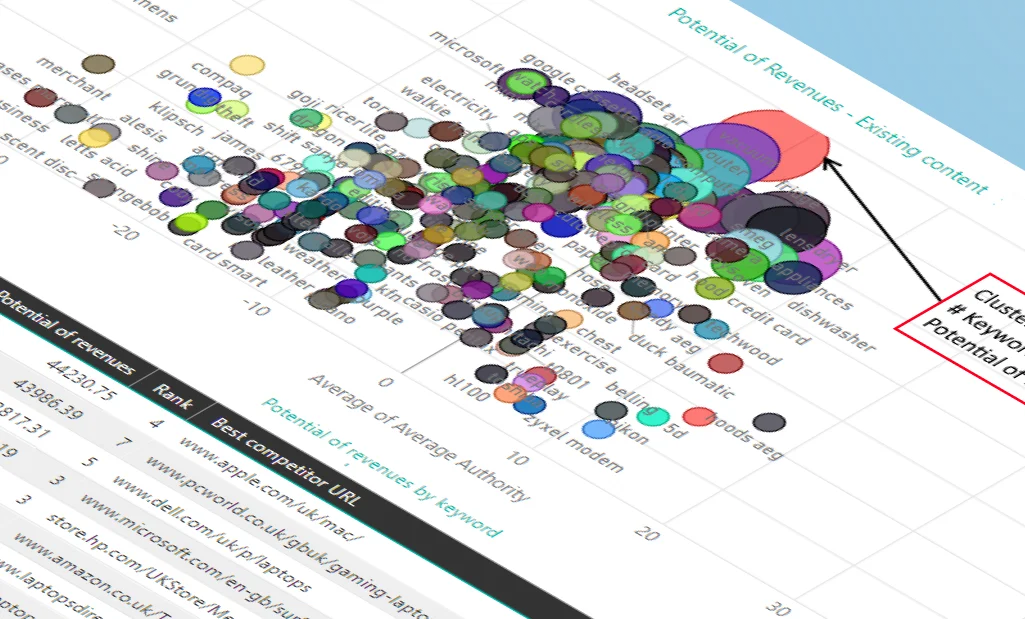In order to understand SEO content strategy, you must first understand what SEO is. SEO is the process of optimizing a website for the purpose of earning higher web traffic levels from search engines.
The ultimate goal of SEO is to improve the visibility of a website so that it appears as the top result for relevant queries entered into a search engine.
SEO content strategy is the process of creating and optimizing content for the purpose of earning higher web traffic levels from search engines.
The goal of SEO content strategy is to improve the visibility of a website so that it appears as the top result for relevant queries entered into a search engine.
There are a variety of factors that go into SEO content strategy, including the selection of the right keywords, the creation of engaging and informative content, and the optimization of that content for the purpose of earning higher web traffic. You then have to think about how to distribute and promote your content so that it gets seen and then hopefully starts to gain social shares and links which will give it a ranking boost.
The strategy is almost certainly the same as it was in 2022, 2021 and previous years.
The best SEO strategy for 2023 is to continue to produce high-quality content, focus on user experience, and optimize for mobile.
One of the most important aspects of SEO is producing high-quality content. This means creating content that is valuable to your target audience and is keyword-rich without being spammy.
Another critical factor for SEO success is focusing on user experience. This includes making sure your website is fast-loading, providing relevant and helpful information, and using engaging visuals.
Additionally, you’ll want to make sure that your website is easy to navigate and is optimized for mobile devices.
By following these tips, you can ensure that your website is well-optimized for SEO in 2023 and beyond.













